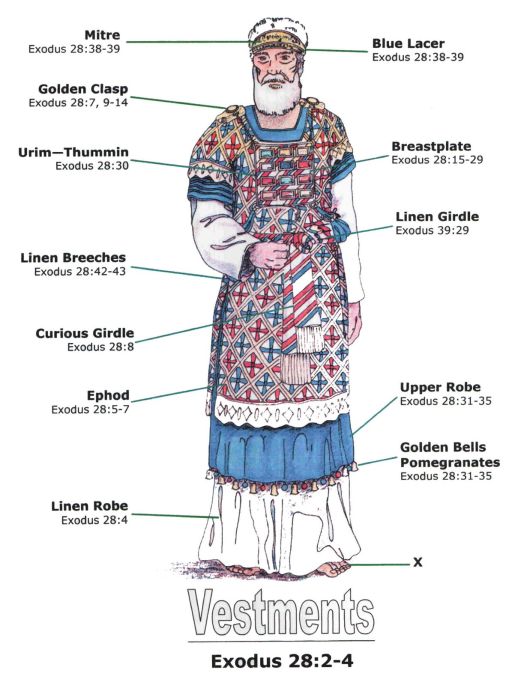Q. Who are the ones that will reign with Christ? Would we be among them? It appears we won’t be as it’s unlikely that we will be tribulation martyrs as recorded in Rev. 20.
A. Several groups have been identified in the NT who will reign with Christ:
1 Those who have been faithful in small things:
* Lk 19:17 ‘Well done, my good servant!’ his master replied. ‘Because you have been trustworthy in a very small matter, take charge of ten cities.’
* Lk 19:19 His master answered, ‘You take charge of five cities.’
2 The saints:
* 1 Co 6:2-3 Do you not know that the saints will judge the world? And if you are to judge the world, are you not competent to judge trivial cases? Do you not know that we will judge angels? How much more the things of this life!
3 Those who endure:
* 2 Tim 2:12 if we endure, we will also reign with him.
4 Those whom Jesus redeemed:
* Rev 5:9-10 And they sang a new song: “You are worthy to take the scroll and to open its seals, because you were slain, and with your blood you purchased men for God from every tribe and language and people and nation. You have made them to be a kingdom and priests to serve our God, and they will reign on the earth.
5 Those martyrs who had not worshiped the beast nor received his mark:
* Rev 20:4-6 I saw thrones on which were seated those who had been given authority to judge. And I saw the souls of those who had been beheaded because of their testimony for Jesus and because of the word of God. They had not worshiped the beast or his image and had not received his mark on their foreheads or their hands. They came to life and reigned with Christ a thousand years. (The rest of the dead did not come to life until the thousand years were ended.) This is the first resurrection. Blessed and holy are those who have part in the first resurrection. The second death has no power over them, but they will be priests of God and of Christ and will reign with him for a thousand years.
6 God’s servants with His name on their foreheads:
* Rev 22:3-5 No longer will there be any curse. The throne of God and of the Lamb will be in the city, and his servants will serve him. They will see his face, and his name will be on their foreheads. There will be no more night. They will not need the light of a lamp or the light of the sun, for the Lord God will give them light. And they will reign for ever and ever.
Taken together, I conclude that Christians who had been faithful and endured, not just those who had been beheaded during the great tribulation, will reign with Christ. There will be degrees of reward and responsibility depending on their degrees of faithfulness. Even though all the redeemed will enjoy blessedness, they will have different capacities of blessedness based on their faithfulness on earth.



